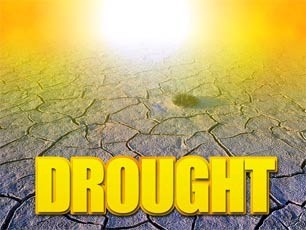The U.S. Drought Monitor reports that as of Thursday, four days after Beryl made landfall, the worst hit areas in Georgia, those where drought conditions are considered "exceptional," had shrank by 2.73 percent. The storm left several inches of rain in the southeast corner of the state in places like Brunswick, Savannah, Jesup, and Waycross. The areas now suffering through an "exceptional" drought extend from the Georgia-South Carolina line between Augusta and Savannah over to the middle part of the state around Macon and from the Alabama line, between Columbus and Bainbridge, eastward to middle south Georgia and the Tifton, Moultrie, Fitzgerald areas.
As for north Georgia, the mountains are now considered virtually "drought free," according to the latest report. There are pockets of drought in the northwest corner of the state adjoining Tennessee and Alabama. Across the rest of the northern third of the state, parts of Stephens, Habersham and Hall counties are considered "abnormally" dry. That's true through most of metro Atlanta and to the Alabama border. To the south of that, from the LaGrange-Columbus areas eastward through Athens and Jefferson and on to the South Carolina line around Toccoa and Elberton, the situation is described as "moderate" to "severe."
In addition to the two pockets in east-central and southwest-central Georgia where dry conditions are at their worst, most of the rest of south and middle Georgia is suffering from drought conditions described as "extreme."

http://accesswdun.com/article/2012/6/249265
